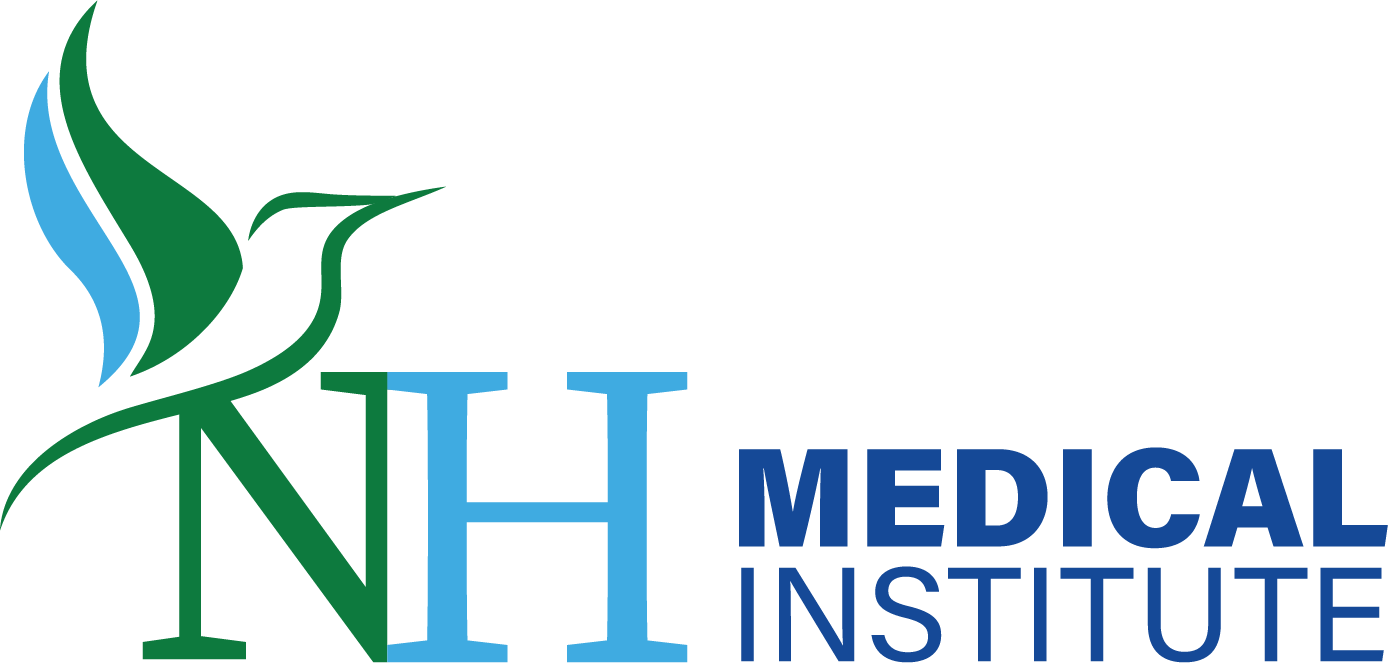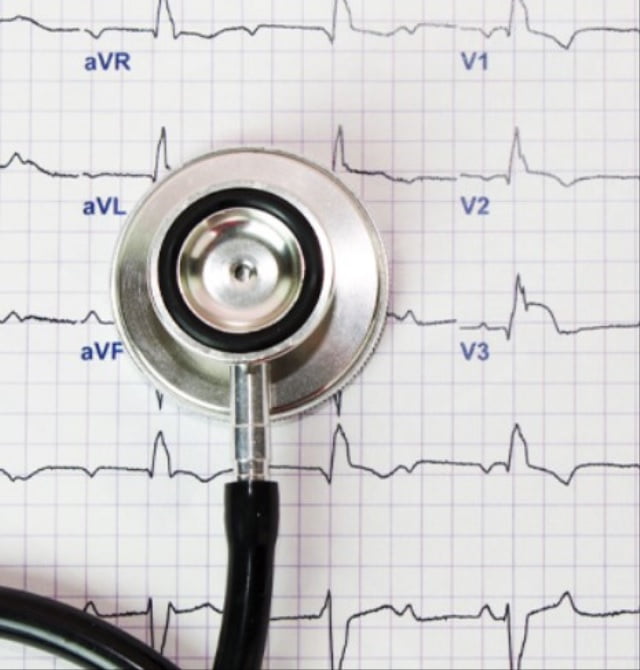Introduction:
Electrocardiograms (EKGs) have long been an invaluable tool in diagnosing and monitoring heart conditions. These simple yet powerful tests provide critical information about the electrical activity of the heart, enabling healthcare professionals to detect abnormalities, diagnose diseases, and make informed decisions about patient care. In this article, we will explore the science behind EKGs, understand their applications, discuss their significance in diagnosing and monitoring heart conditions, and address common misconceptions or concerns. Additionally, we will share real-life patient cases and success stories to highlight the impact of EKGs in improving cardiac care and promoting heart health.
Understanding the Science of EKGs:
An EKG, also known as an electrocardiogram, is a non-invasive test that records the electrical activity of the heart using a series of electrodes placed on the skin. These electrodes detect the electrical impulses generated by the heart and translate them into a graph known as an electrocardiogram.
The electrical activity of the heart is responsible for initiating and coordinating the heart’s contractions. This activity can be visualized using the EKG, which provides information about the heart’s rhythm, rate, and other important parameters.
What EKGs Measure:
EKGs primarily measure the electrical impulses of the heart. This is done by attaching electrodes to specific points on the body, such as the chest, arms, and legs. These electrodes capture the electrical signals originating from the heart, resulting in a graphical representation of the heart’s electrical activity.
The EKG waveform, commonly referred to as the EKG strip, displays various components, each of which represents a specific event in the heart’s electrical cycle. These components include the P wave, QRS complex, and T wave, among others.
Significance of EKGs in Diagnosing and Monitoring Heart Conditions:
EKGs play a crucial role in diagnosing and monitoring various heart conditions. By analyzing the EKG waveform, healthcare professionals can detect abnormalities that may indicate underlying heart diseases or potential risks.
For instance, irregularities in the heart’s rhythm, such as atrial fibrillation or ventricular tachycardia, can be detected through EKG analysis. These conditions pose significant risks, and timely diagnosis allows for appropriate interventions to prevent potential complications.
Additionally, EKGs can detect conduction abnormalities, such as heart blocks or bundle branch blocks, which can affect the heart’s ability to conduct electrical signals efficiently. By identifying these abnormalities, healthcare professionals can determine appropriate treatment options or interventions.
EKG Waveforms and Interpretations:
Different types of EKG waveforms carry specific interpretations and can provide insights into various cardiac problems. Some common examples include:
1. ST-Segment Elevation: This abnormality is often indicative of a heart attack or myocardial infarction. It signals a blockage or reduced blood flow in the coronary arteries, which supply vital oxygen to the heart muscle.
2. QT Prolongation: A prolonged QT interval on an EKG may suggest an increased risk of arrhythmias, such as torsades de pointes. This condition can be potentially life-threatening and requires immediate medical attention.
3. Bundle Branch Blocks: Bundle branch blocks, whether right or left, can be detected through EKGs. These blocks indicate abnormalities in the electrical conduction system of the heart and may require further evaluation to determine the underlying cause and appropriate treatment options.
Real-Life Patient Cases and Success Stories:
To emphasize the impact of EKGs on improving cardiac care, let us consider a few real-life patient cases:
1. John, a 58-year-old male, visited his healthcare provider complaining of chest pain. An EKG revealed ST-segment elevation, indicating a heart attack. He was immediately rushed to the cardiac catheterization lab, where an emergency angioplasty was performed, saving his life.
2. A 42-year-old female, Sarah, experienced palpitations and shortness of breath. An EKG identified atrial fibrillation, a condition associated with an increased risk of stroke. She was promptly started on medication and underwent successful cardioversion to restore her heart’s rhythm to normal.
Addressing Common Misconceptions and Concerns:
Despite their proven efficacy, some misconceptions and concerns surround EKGs. One common misconception is that a normal EKG necessarily indicates a healthy heart. However, EKGs only capture the electrical activity at a specific time and may miss intermittent abnormalities or conditions that do not manifest during the test.
Moreover, some may worry about the invasiveness of the procedure or the potential for discomfort. However, EKGs are entirely non-invasive, painless, and have no known side effects. They are routinely performed in various healthcare settings without any complications.
The Importance of EKGs in Promoting Heart Health and Proactive Medical Interventions:
Regular EKG screenings can significantly contribute to proactive medical interventions and promote heart health. By detecting abnormalities at an early stage, healthcare professionals can implement lifestyle modifications, prescribe appropriate medications, or perform further diagnostic tests to prevent potentially life-threatening cardiac events.
EKGs are particularly important for individuals with known risk factors for heart disease, such as high blood pressure, diabetes, or a family history of heart conditions. By incorporating EKGs into routine healthcare, these individuals can receive timely interventions and improve their overall cardiac health.
Conclusion:
EKGs are powerful diagnostic tools that provide critical information about the electrical activity of the heart. By understanding the science behind EKGs, their applications, and their significance in diagnosing and monitoring heart conditions, we can appreciate their importance in cardiac care. From analyzing different types of EKG waveforms to addressing misconceptions and concerns, EKGs play a pivotal role in promoting heart health and proactive medical interventions. With their ability to save lives and improve patient outcomes, EKGs continue to be an indispensable tool in the field of cardiology.
Better Health Care is Our Mission
Same Day Appointments are Available.

